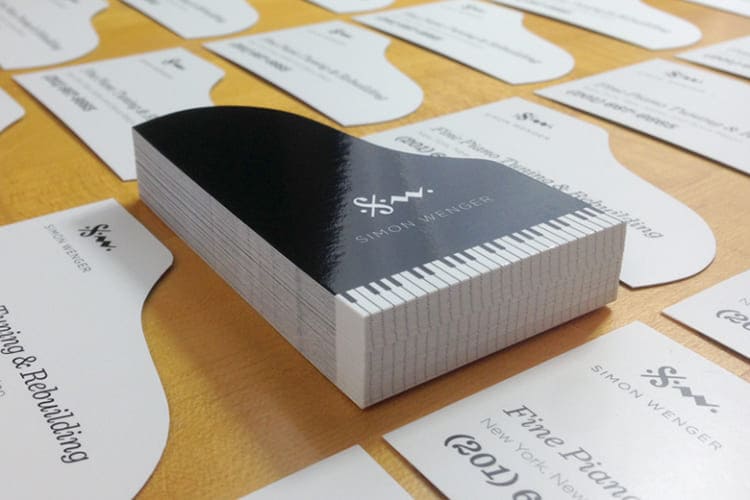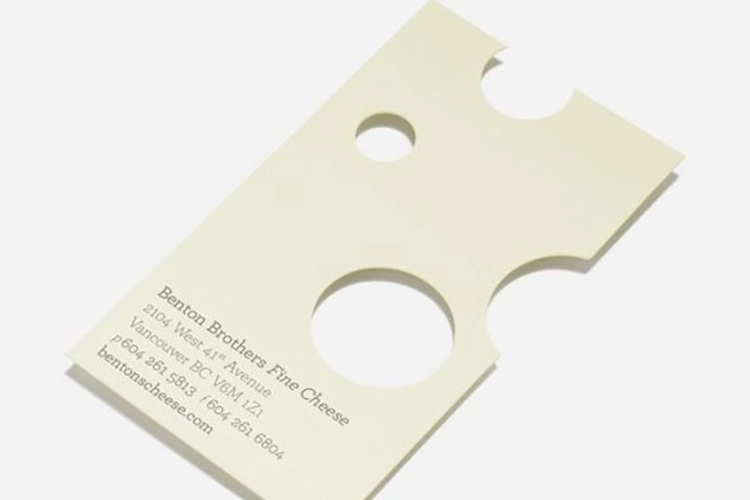Designing custom die-cut templates for professional packaging print jobs requires precision, creativity, and attention to detail. In this article, we will explore the process of creating custom die-cut designs, understanding the importance of die-cut printing , collaborating with graphic designers, utilizing die-cutting techniques, and estimating costs for die-cut printing projects.
, collaborating with graphic designers, utilizing die-cutting techniques, and estimating costs for die-cut printing projects.
How to Create Custom Die Cut Designs for Packaging?
When it comes to creating custom die-cut templates for packaging, selecting the right software is crucial. Adobe Illustrator is widely regarded as the best software for designing die-cut templates due to its vector-based capabilities and robust design tools. It allows designers to create intricate shapes, customize cut lines, and add visual elements to their artwork with ease.
Key considerations when designing die-cut packaging include the specific shape of the die, the thickness of the material, and the desired outcome. Designers must ensure that the cut files are accurately prepared with proper bleed, fold lines, and corner details to achieve a flawless die-cut result during printing.

To ensure the accuracy of die-cut files for printing, designers should always create a design mockup or dieline to visualize how the final product will look. Checking the dielines against the actual packaging stock can help identify any inconsistencies or errors before sending the files to the printer.
Understanding the Importance of Die Cut Shapes in Printing
Die-cut shapes play a crucial role in enhancing the visual appeal and functionality of packaging. By using custom die-cut shapes, businesses can differentiate their products on the shelf, create unique branding opportunities, and improve the unboxing experience for customers.
Choosing the right die-cut shape for packaging depends on various factors, including the product type, target audience, and brand identity. Whether it's a folder, business card, or brochure, incorporating a distinct die-cut shape can elevate the design and make a lasting impression on consumers.
Die-cut shapes not only have a significant impact on branding and marketing but also serve as a tactile and interactive element for customers. From embossed logos to stamped patterns, die-cut shapes add a touch of craftsmanship and sophistication to any packaging design.
Working with Graphic Designers for Custom Die Cut Projects
Graphic designers play a crucial role in translating your die-cut design ideas into visually stunning artworks. By working closely with designers, you can leverage their expertise in creating custom die-cut templates that align with your brand's vision and objectives.
Effectively communicating your die-cut design ideas to a designer involves providing a detailed outline of your requirements, sharing reference images, and being open to creative suggestions. Clear communication ensures that the final design accurately represents your brand and meets your expectations.
Collaborating with designers for die-cut projects may present challenges such as file compatibility issues, design revisions, or timeline constraints. It's essential to establish open lines of communication, set project milestones, and prioritize feedback to overcome any obstacles throughout the design process.
Utilizing Die-Cutting Techniques for Intricate and Tactile Packaging
Advanced die-cutting techniques offer limitless possibilities for creating intricate and visually striking designs. By incorporating spot colors, cutting multiple layers, or adding special effects, designers can achieve a high level of detail and sophistication in their die-cut artworks
Tactile elements can be seamlessly integrated into packaging using die-cutting methods such as scoring, folding, or embossing. These techniques add depth, texture, and visual interest to printed pieces, making them more engaging and memorable for consumers.

When working with printed pieces that feature intricate die cuts, designers should pay special attention to the alignment of cut lines, the sharpness of edges, and the overall quality of the finish. Conducting thorough quality checks and using high-resolution files can help ensure a flawless printing outcome.
Estimating Costs and Calculating Die Cut Printing Expenses
Estimating die-cut printing expenses involves understanding the various factors that influence the overall cost of a custom print job. Using cost calculators can help you determine the pricing based on factors such as material type, design complexity, and finishing options.
Factors that impact the cost of custom die-cut print jobs include the type of stock used, the number of die cuts required, and the addition of special finishes like embossing or foil stamping. By optimizing these factors, businesses can manage their printing expenses effectively.
print jobs include the type of stock used, the number of die cuts required, and the addition of special finishes like embossing or foil stamping. By optimizing these factors, businesses can manage their printing expenses effectively.
Obtaining quotes for die-cut printing projects can be done by contacting multiple printers, providing them with detailed specifications, and requesting custom quotes based on your requirements. By comparing quotes and evaluating the capabilities of different printers, you can choose the right partner for your die-cut printing needs.
FAQs
Q: What is die cut design?
A: Die cut design is a process where a custom template is used to cut specific shapes or designs out of materials such as paper or cardboard.
Q: How can I create a custom die cut template for packaging?
A: To create a custom die cut template for packaging, you can work with a designer to create a file that outlines the shape and size of the design you want cut out.
Q: What software is commonly used for designing die cut templates?
A: Adobe Illustrator is a popular choice for designing die cut templates as it allows for precise and detailed design work.
Q: Can die cut designs include intricate details?
A: Yes, die cut designs can include intricate details depending on the capabilities of the cutting machine and the quality of the template.
Q: How can I estimate the cost of a custom die cut printing job?
A: You can use a cost calculator provided by printing companies to estimate the cost of a custom die cut printing job based on factors such as size, quantity, and complexity of the design.
Q: What is the purpose of a dieline in packaging design?
A: A dieline is a template that shows the outline of a package design including cut lines, folds, and tabs. It is used to ensure proper alignment and sizing of the final product.
Q: Can die cut templates be used for other print jobs besides packaging?
A: Yes, die cut templates can be used for various print jobs such as business cards, brochures, labels, and promotional materials to create unique shapes and designs.










